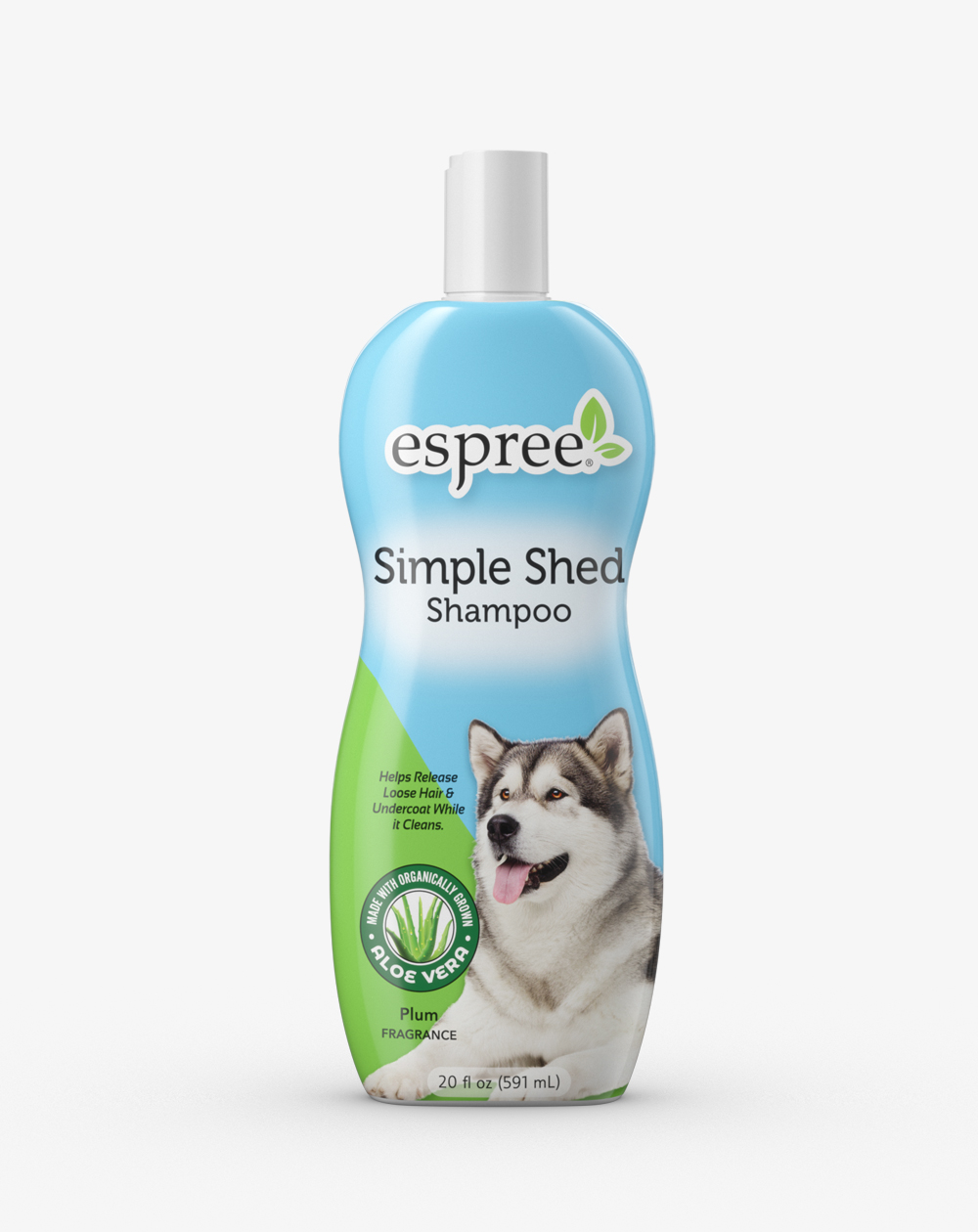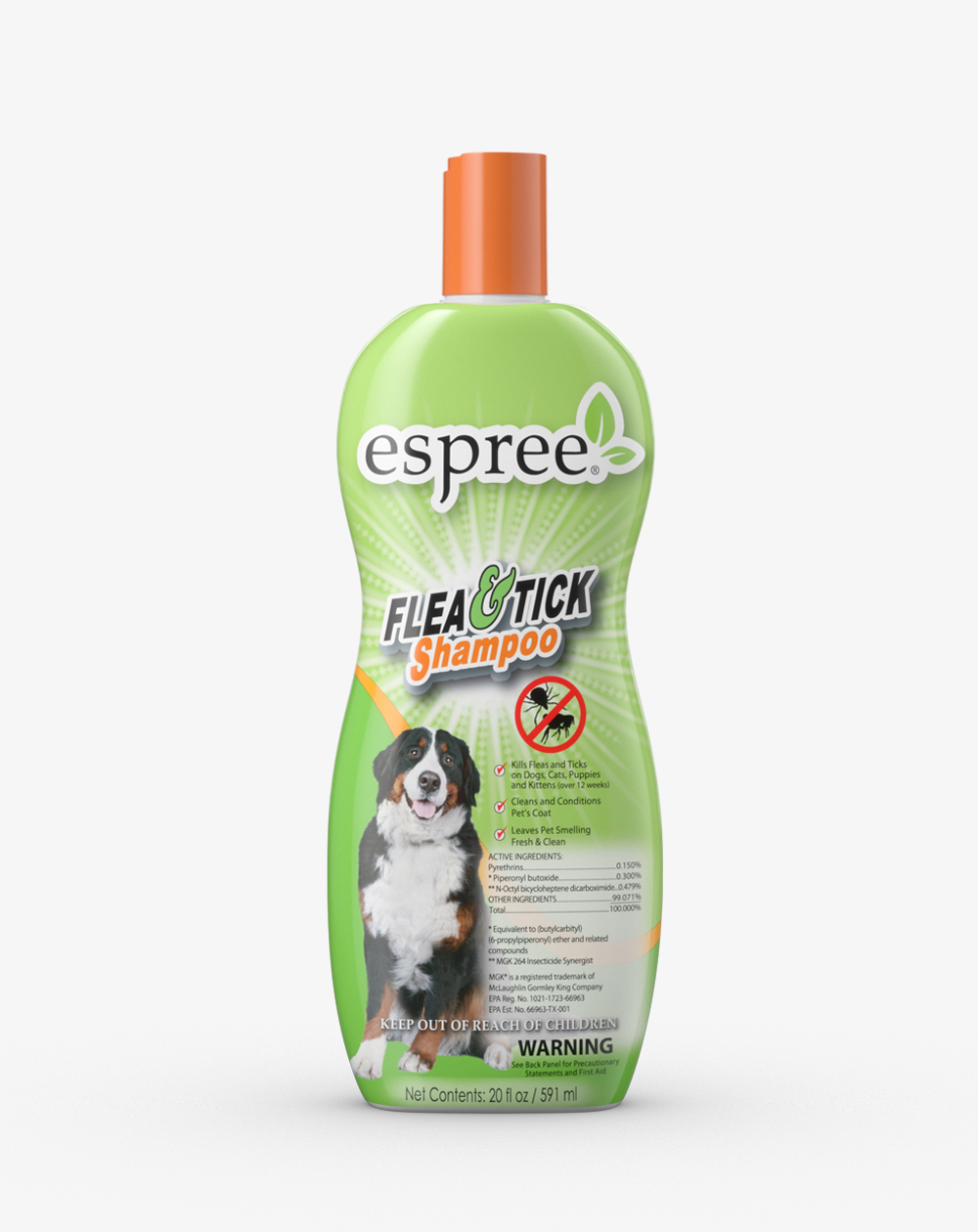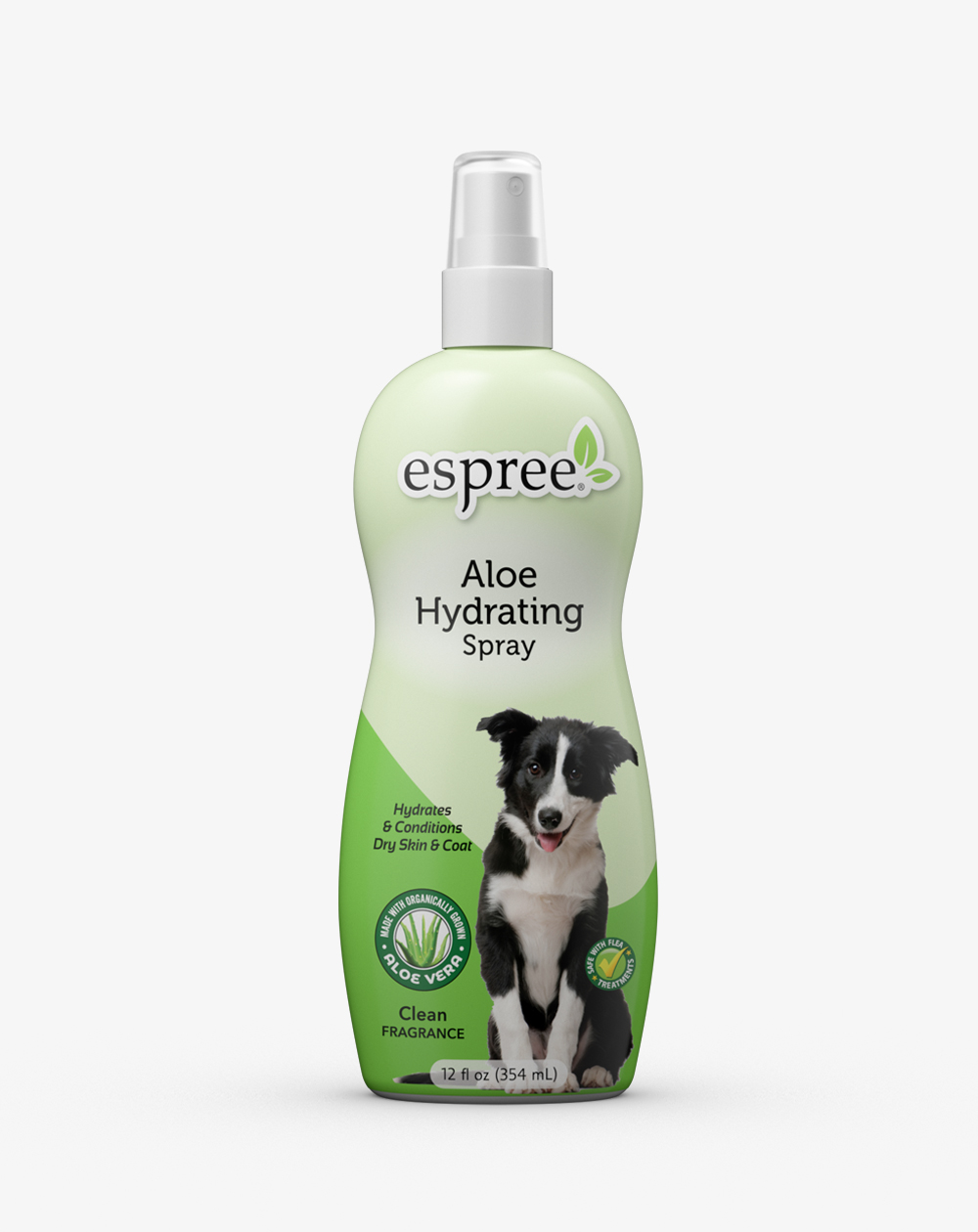
Otterhound
The Otterhound, a scent hound, is unique among hounds because of his rough, double coat and substantial webbed feet. He uses these features to hunt on both land and water. With his large, strong body and inquisitive nose, the Otterhound is willing to work all day. The coat may be any color or combination of colors.
The earliest references to otter hunting in England are in the time of King John, who reigned in England from 1199 to 1216. The earliest clear reference to a rough-coated hound used in otter hunting similar to the current breed was a "grizzled ... shag-haired" hound documented in 1611. The modern Otterhound evolved from the early rough-coated Welsh Hound of 1700s and crosses with various French rough coated hounds and the Bloodhound in the 1800s.
Breed Profile
Otterhounds are big, shaggy, intelligent dogs with a great sense of humor and a friendly personality. These hounds are happy to include any two-legged and four-legged members of the household into their ‘pack’. They get along well with children, other dogs, and pets. They are affectionate but don’t demand constant attention and are very good at entertaining themselves. As a large dog with an impressively deep voice, an Otterhound can make a good watchdog, but their friendly nature makes them poor guard dogs. This breed is slow to mature both physically and mentally and benefits from early socialization. If you bring an Otterhound into your home, make them part of your life and include them in your daily activities. Otterhounds are versatile and adaptable to all environments. They excel in tracking and any activity that involves their extraordinary sense of smell. Otterhounds have been trained as search and rescue and therapy dogs. They enjoy conformation, agility, rally, and obedience.
Grooming
Coat & Grooming: Otterhounds have a crisp, water repellent double coat with minimal shedding. It is easy to groom and keep clean. Expect to brush the coat weekly to keep it from matting. Frequent bathing is not necessary. Most Otterhounds don’t seem to have a strong odor as long as their beard is kept clean. Most are not slobbery, but their beards and ears get into food and water. Small towels close by will come in handy when dealing with an Otterhound. Nails should be trimmed regularly to avoid overgrowth, splitting, and cracking. Their ears should be checked for any signs of debris or infection. Brushing teeth should also be considered.




